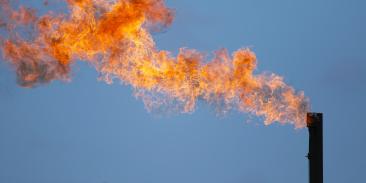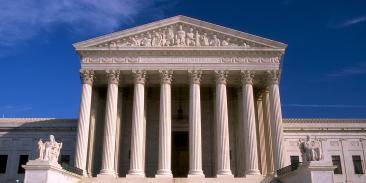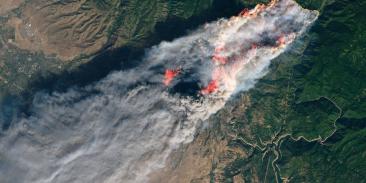Wyoming Flaring Rule Passes without Needed Improvements to Prevent Waste, Protect Air
Rule changes improve data collection and planning practices, but leave Wyoming behind other state and federal regulators
(CASPER) — Today, the Wyoming Oil and Gas Conservation Commission voted on revisions to the state’s flaring rules. The final version includes both important deficiencies and some important progress.
“The revised rule carries some improvements, including better data reporting and a requirement that operators submit a gas capture plan with their application for a permit to flare,” said Amber Wilson, environmental quality advocate for the Wyoming Outdoor Council. “But more could have been done at this stage to reduce waste and protect Wyoming’s air quality.”
The new rule places few new restrictions on venting or flaring, which is the intentional release of natural gas to the atmosphere. Venting of gas directly to the atmosphere poses serious environmental risks, and both venting and flaring are wasteful practices that needlessly deplete an important domestic energy resource.
The new rule does not include a prohibition on venting, and it lacks any requirement that operators demonstrate an economic justification for venting or flaring.
Venting of natural gas is flatly prohibited in some states, such as North Dakota. Furthermore, flared and vented natural gas represent the waste of a valuable natural resource. According to a recent report from ICF International, due to venting, flaring and equipment leaks, Wyoming wasted more than $42 million worth of gas in 2013 on federal and tribal lands alone. According to a report from Western Values Project, if captured and sent to market, this natural gas would have brought an additional $88 million in federal royalty payments to Wyoming since 2009.
“We had hoped the Commission would raise the bar at least to the level that North Dakota has and outright prohibit the antiquated and dirty practice of venting with a narrower exception carved out for only those wells that technically have no other choice,” said Wilson. “We look forward to the Commission readdressing this rule in the relatively near future as better data become available as the result of the Commission’s new reporting requirements.”
The final rule also still includes the arbitrary permitting threshold for flaring 60,000 cubic feet per day.
“These thresholds allow too much venting and flaring to happen under the radar,” said Jon Goldstein, Senior Energy Policy Manager at Environmental Defense Fund. “Each well may be flaring a small amount, but in aggregate, this can mean a lot of waste.”
In 2015, the amount of unpermitted flaring and venting was 56 percent of the state total, which increased from 40 percent in 2014.
Last month the U.S. Bureau of Land Management released proposed new rules that, after a phase-in period, would prohibit flaring over 60,000 cubic feet per day and largely eliminate venting from oil and gas wells on federal and tribal lands.
“Wyoming’s rule falls well short of what other regulators are implementing and threatens the state’s status as a leader in oil and gas regulation,” said Goldstein.
With more than 3 million members, Environmental Defense Fund creates transformational solutions to the most serious environmental problems. To do so, EDF links science, economics, law, and innovative private-sector partnerships to turn solutions into action. edf.org
Media Contact
Latest press releases
-
Trump Administration Announces Unlawful Offshore Wind Halt
December 22, 2025 -
Governor Hochul Repeals "100-Foot Rule," Accelerating New York's Clean Energy Future
December 19, 2025 -
Colorado Air Regulators Approve Landfill Methane Standards
December 18, 2025 -
Proposal Would Guarantee Public Access to Air Quality Data
December 18, 2025 -
New Bill Will Help Keep Domestic Manufacturers Competitive
December 17, 2025 -
Satellite Data Shows Colorado Oil & Gas Methane Emissions Dropped as State Rules Took Effect
December 17, 2025











